Filter and sort
Air Conditioners
-

Senville Remote Control for LETO Series (Universal) - AR2022-IRY
Regular price $49.99 -


MRCOOL Disconnect Switch and Electrical Whip Kits for Ductless Split System Condensers 9k BTU To 60k BTU - MODEL: DDS-60U-6-12-6NM
Regular price $120.00 -


Senville AURA 28000 BTU Mini Split Multi Zone Air Conditioner and Heat Pump - SENA/30HF/D
Regular price From $2,299.99 -


MRCOOL Advantage Series 4th Gen Air Handler - A-36-HP-WMAH-230C
No reviewsRegular price $538.27 -


MRCOOL 3 Ton Multi-Positional Variable Speed Modular Blower, MMBV12BE
Regular price $853.00 -


MRCOOL 5 Ton Multi-Positional Variable Speed Modular Blower, MMBV20DE
Regular price $952.00 -


MRCOOL Condenser Wall Mounting Kit for 9k to 36k BTU Ductless Split Systems
Regular price From $80.00 -


MRCOOL LineGuard 4.5-Inch 16-Piece Complete Line Set Cover Kit for Ductless Mini-Split or Central System (MLG450)
Regular price $149.99 -
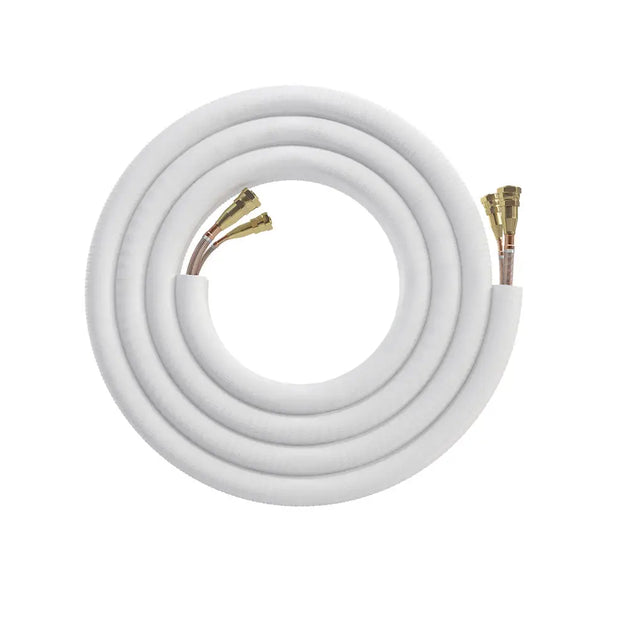
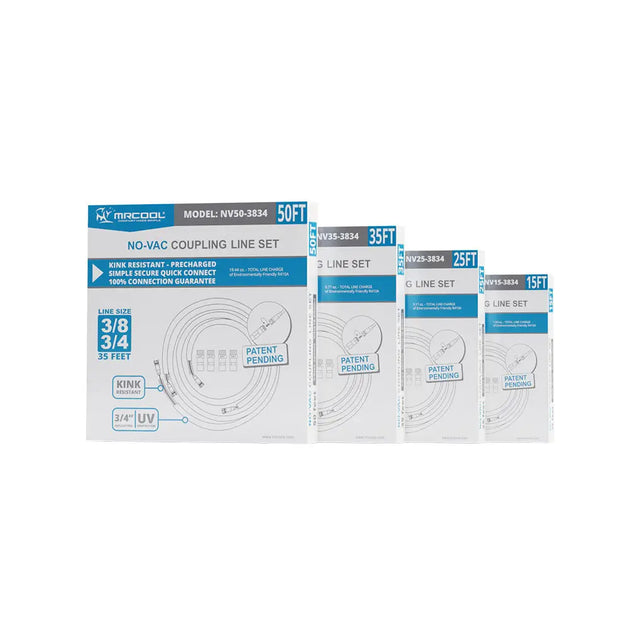
MRCOOL No-Vac Precharged Refrigerant Line Set with 3/8" and 3/4" Line Ends - 50 feet - NV50-3834
Regular price $599.99 -
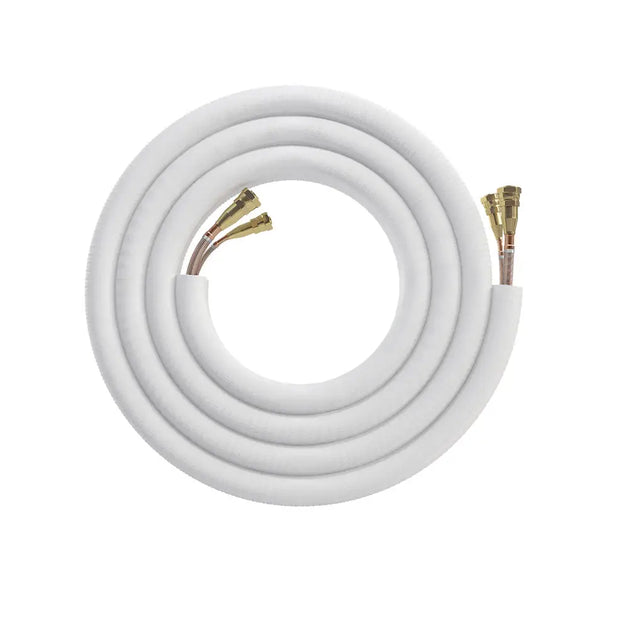
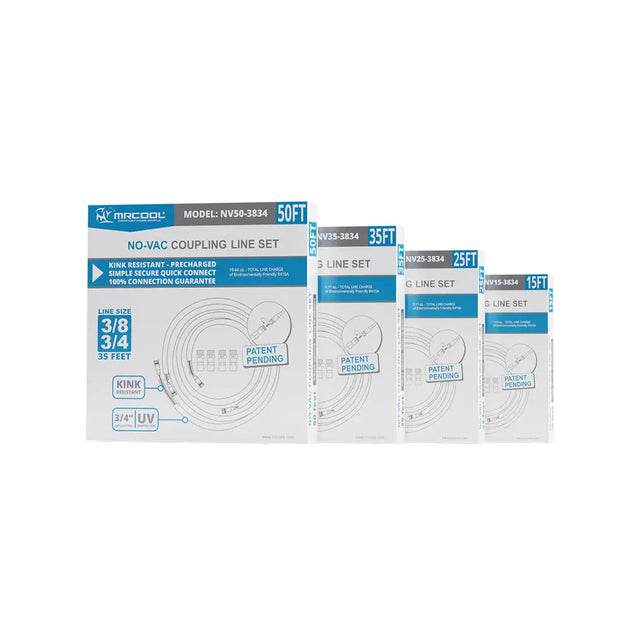
MRCOOL No-Vac Precharged Refrigerant Line Set with 3/8" and 3/4" Line Ends - 15 feet - NV15-3834
Regular price $289.99 -
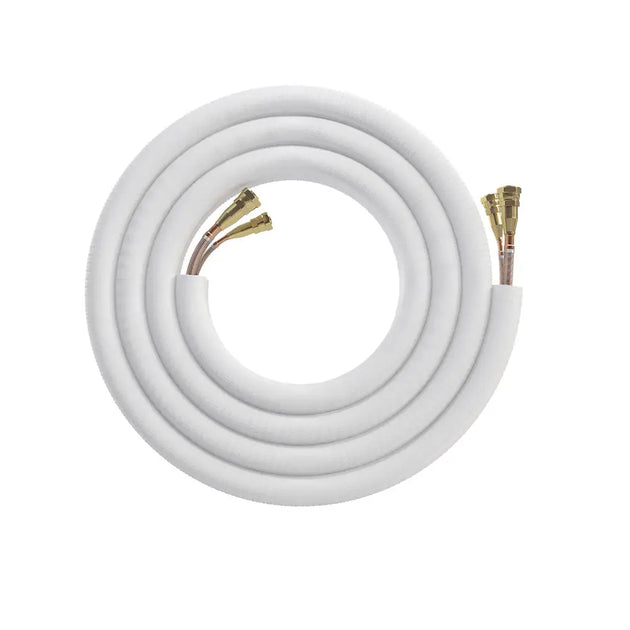
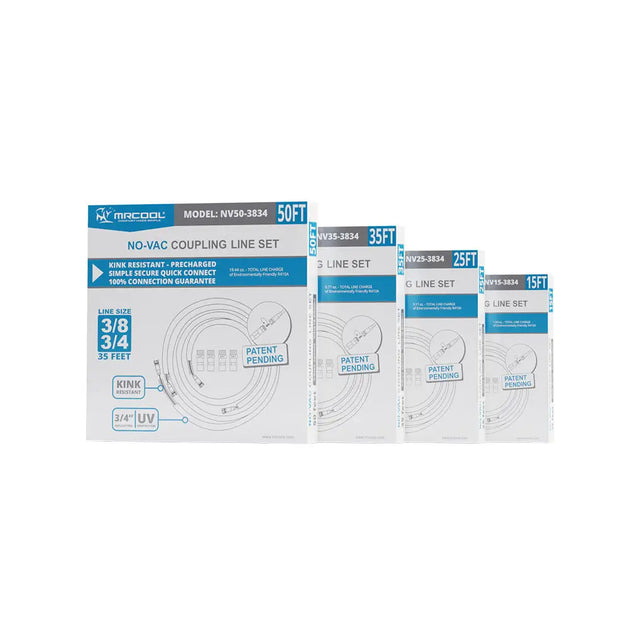
MRCOOL No-Vac Precharged Refrigerant Line Set with 3/8" and 3/4" Line Ends - 35 feet - NV35-3834
Regular price $449.99 -
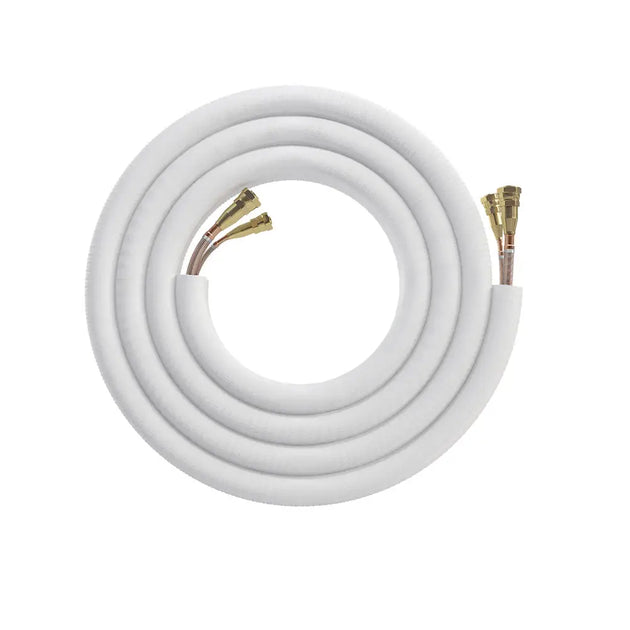
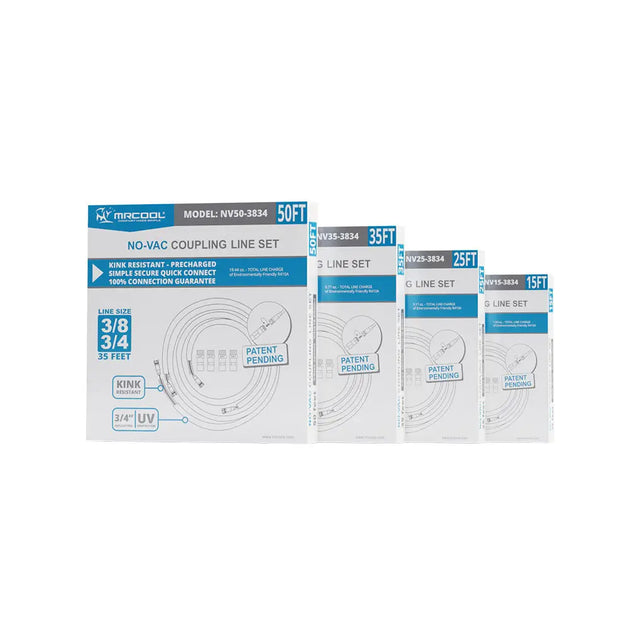
MRCOOL No-Vac Precharged Refrigerant Line Set with 3/8" and 3/4" Line Ends - 25 feet - NV25-3834
Regular price $389.99 -

MRCOOL Ductless Mini Split Installation Kit for Condensers - MSK001
Regular price $219.90 -


MRCOOL 20 Kilowatt Electric Heat Kit for MRCOOL Central Ducted Hyper Heat Air Handlers - CENTRALHK20
Regular price $249.00 -


MRCOOL 10 Kilowatt Electric Heat Kit for MRCOOL Central Ducted Hyper Heat Air Handlers - CENTRALHK10
Regular price $166.00 -


MRCOOL 5 Kilowatt Electric Heat Kit for MRCOOL Central Ducted Hyper Heat Air Handlers - CENTRALHK05
Regular price $129.00 -


MRCOOL 15 Kilowatt Electric Heat Kit for MRCOOL Central Ducted Hyper Heat Air Handlers - CENTRALHK15
Regular price $212.00 -


MRCOOL 8 Kilowatt Electric Heat Kit for MRCOOL Central Ducted Hyper Heat Air Handlers - CENTRALHK08
Regular price $155.00 -

Senville 2 Piece Outdoor Wall Mount / Bracket for Mini Split (9000-12000 BTU)
Regular price $49.99 -


Senville Outdoor Ground Stand / Bracket for Mini Split(9000-12000 BTU)
Regular price $89.99 -
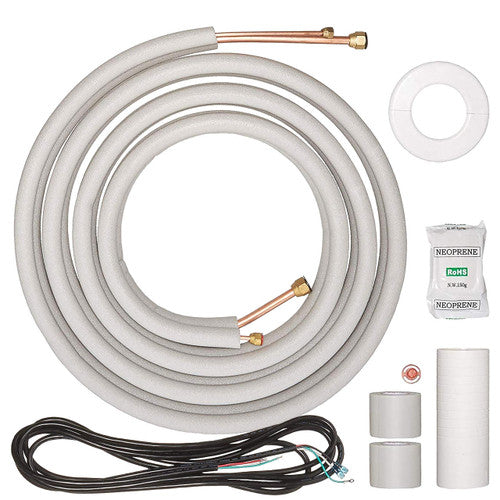
Senville 16 Ft. Insulated Line Set - 1/4'' and 1/2" PJX-2-5E
Regular price $109.99 -


Senville Large Outdoor Ground Stand / Bracket for Mini Split(18000-36000 BTU) GS-480
Regular price $99.99 -
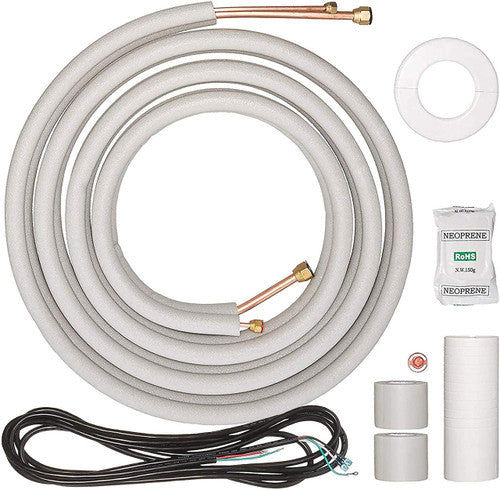
Senville 50 Ft. Insulated Line Set - 1/4'' and 3/8" - PJX-1-15
Regular price $299.99 -
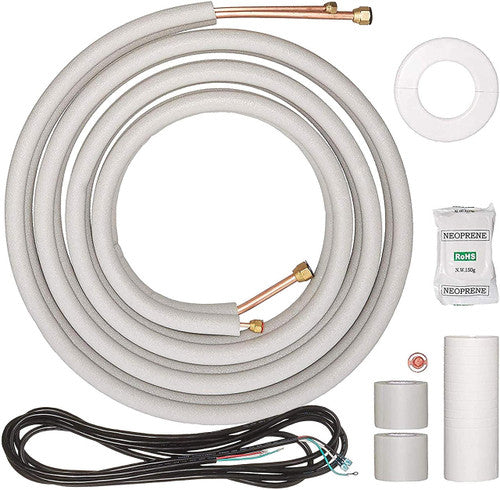
Senville 25 Ft. Insulated Line Set - 1/4'' and 3/8" PJX-1-75E
Regular price $119.99











































